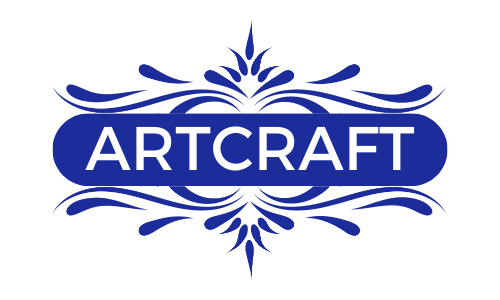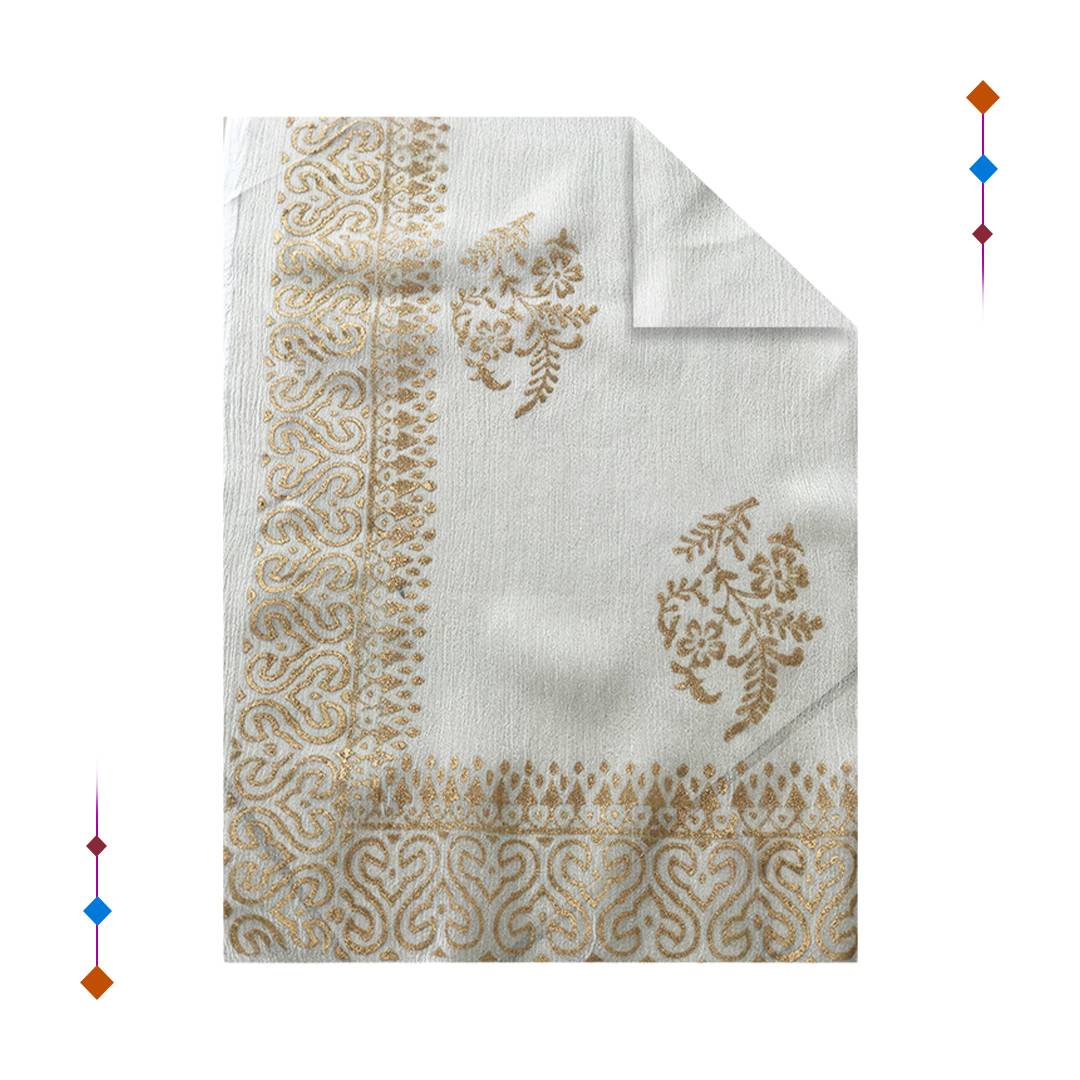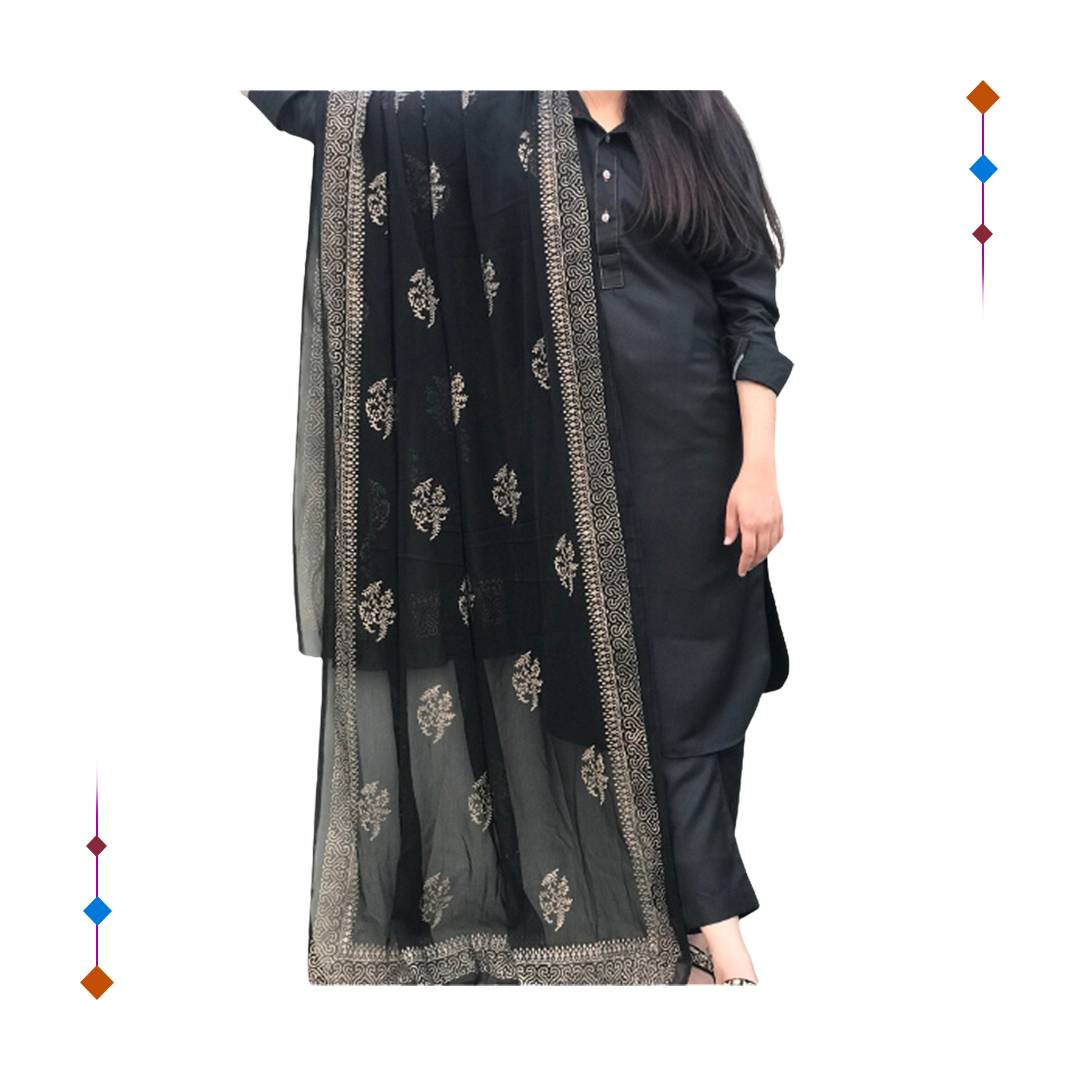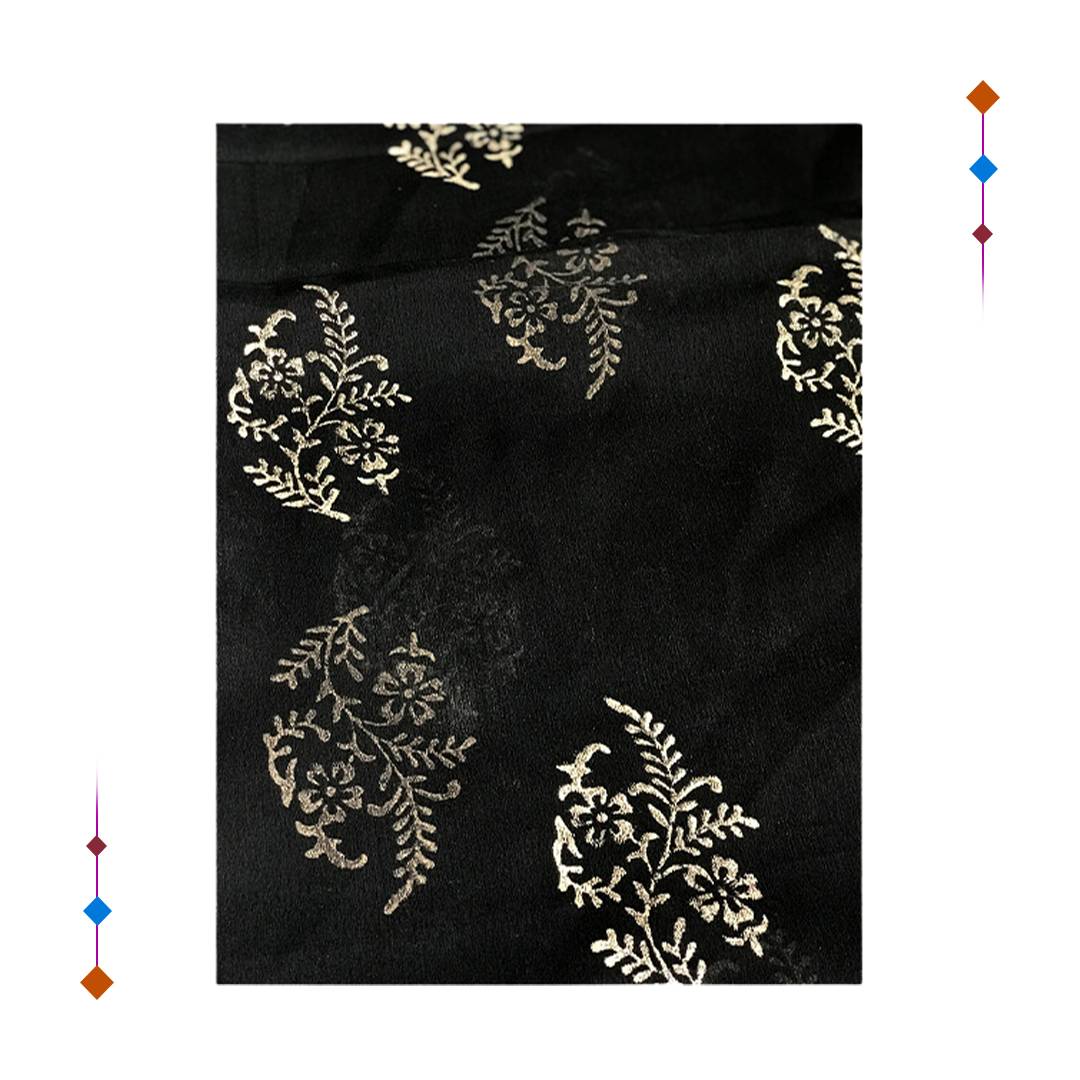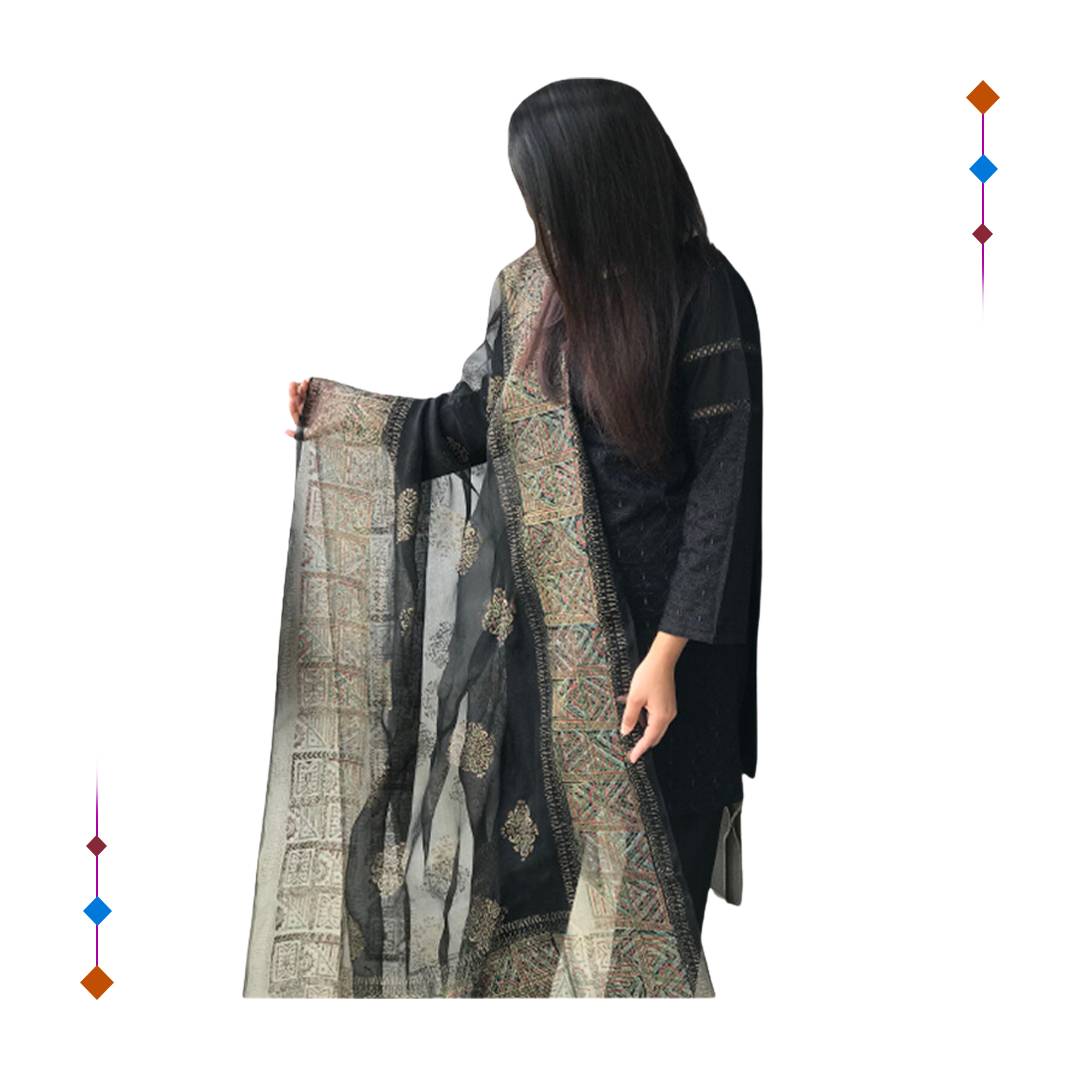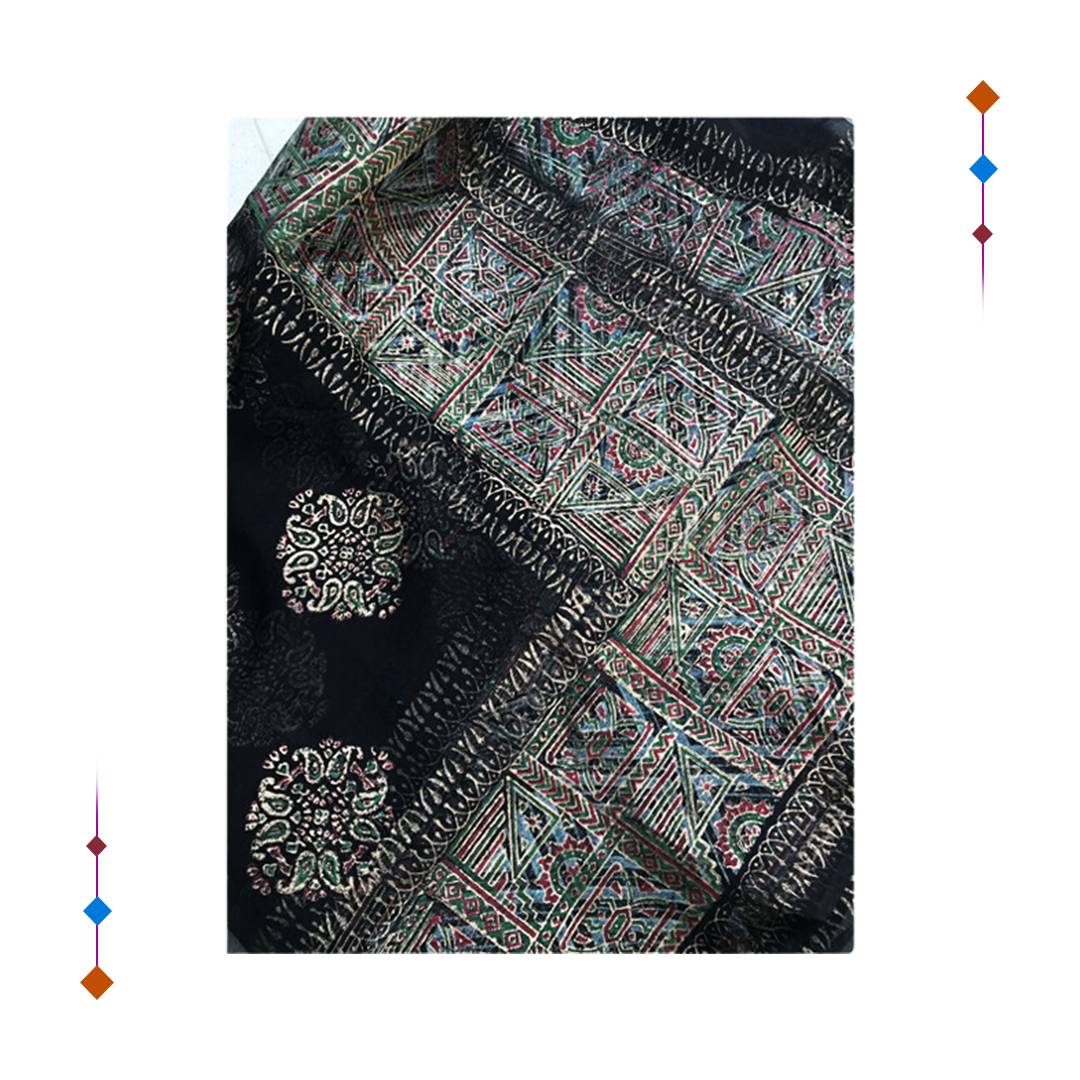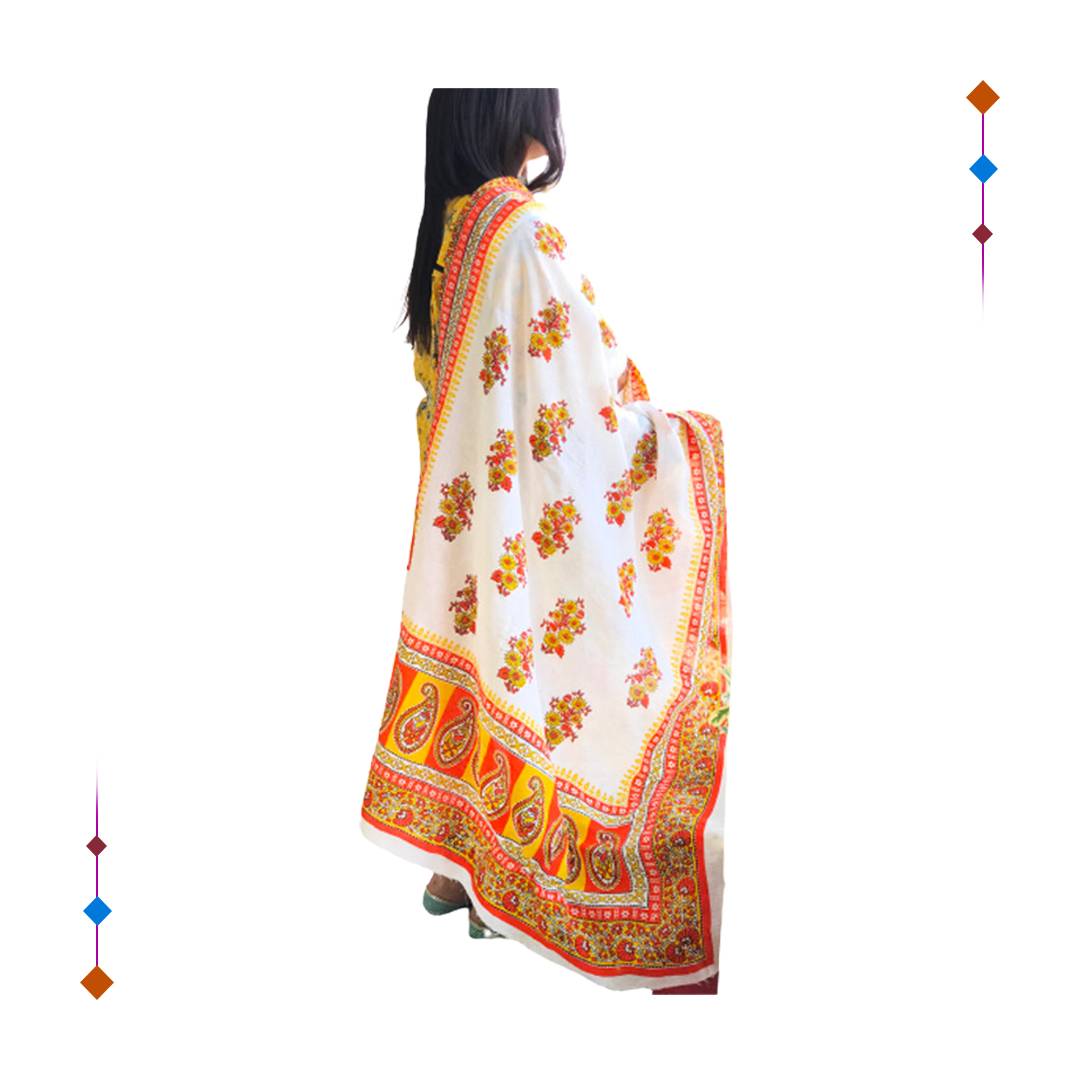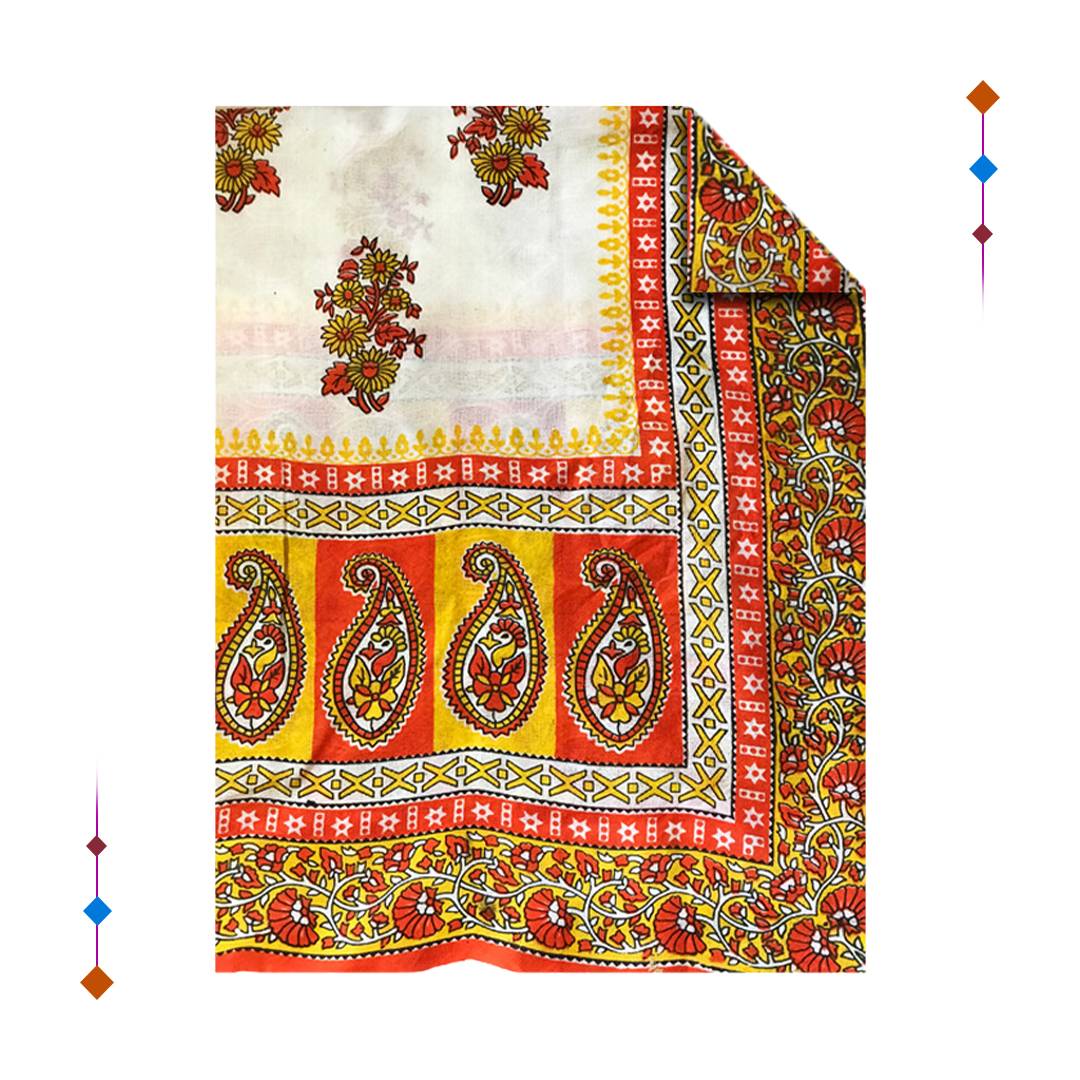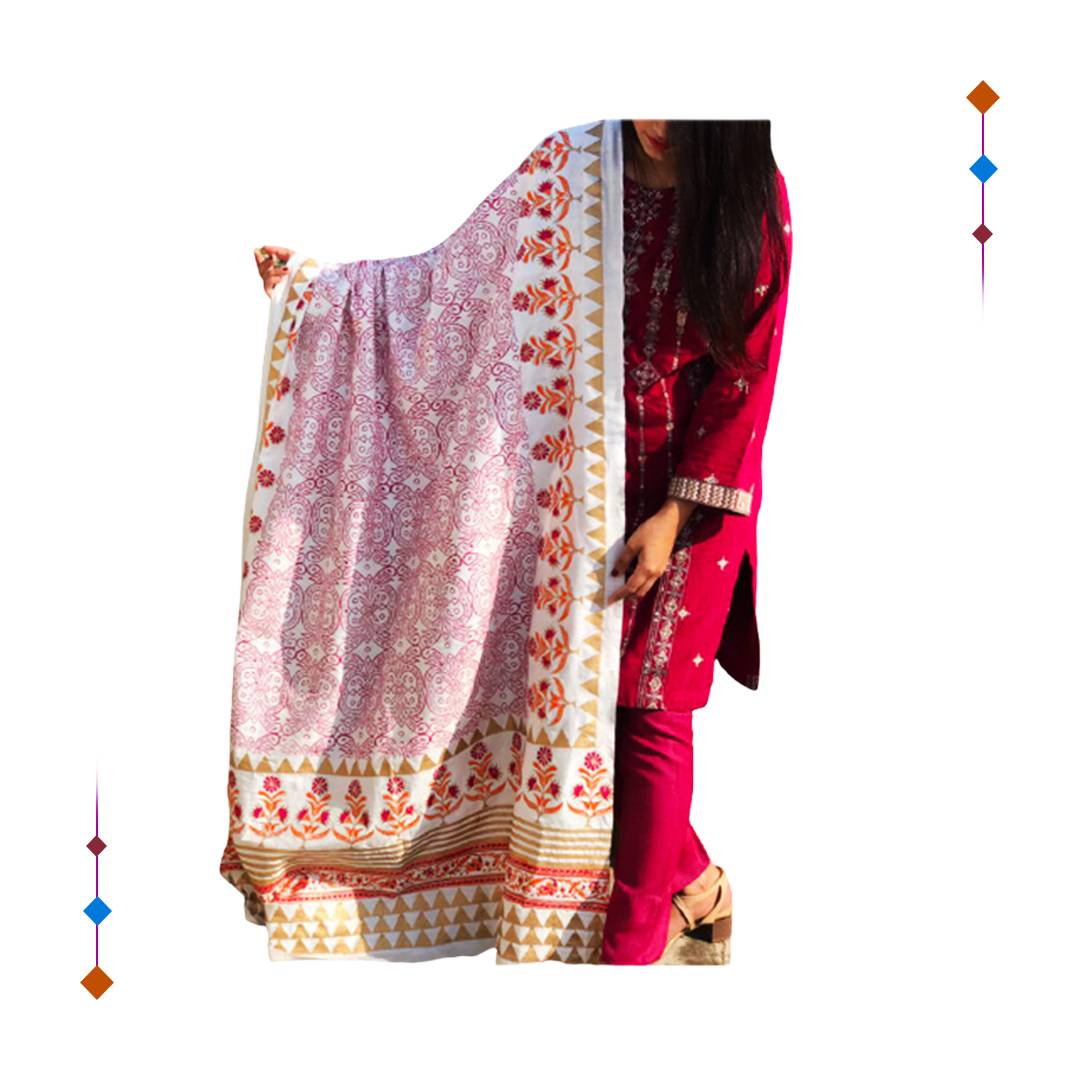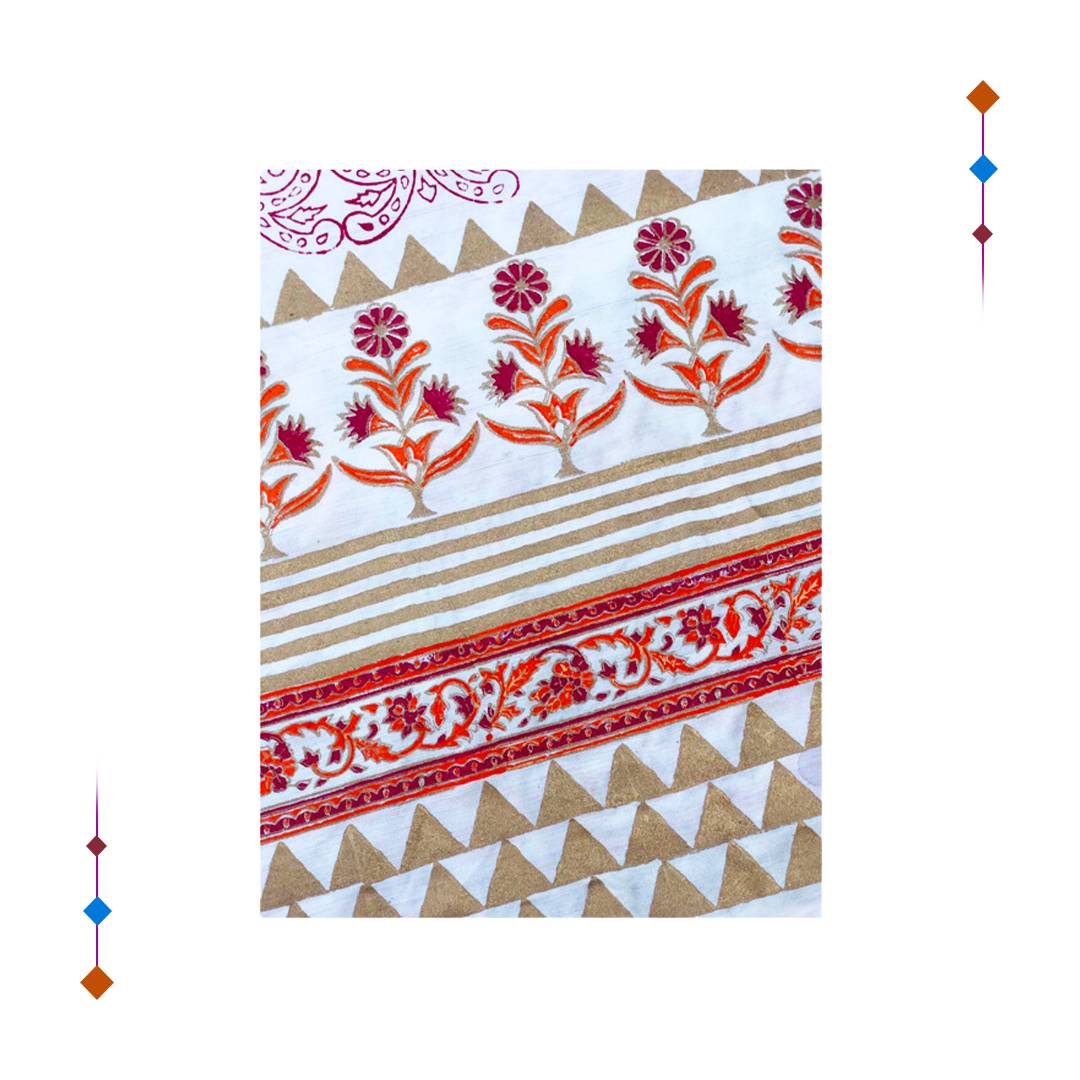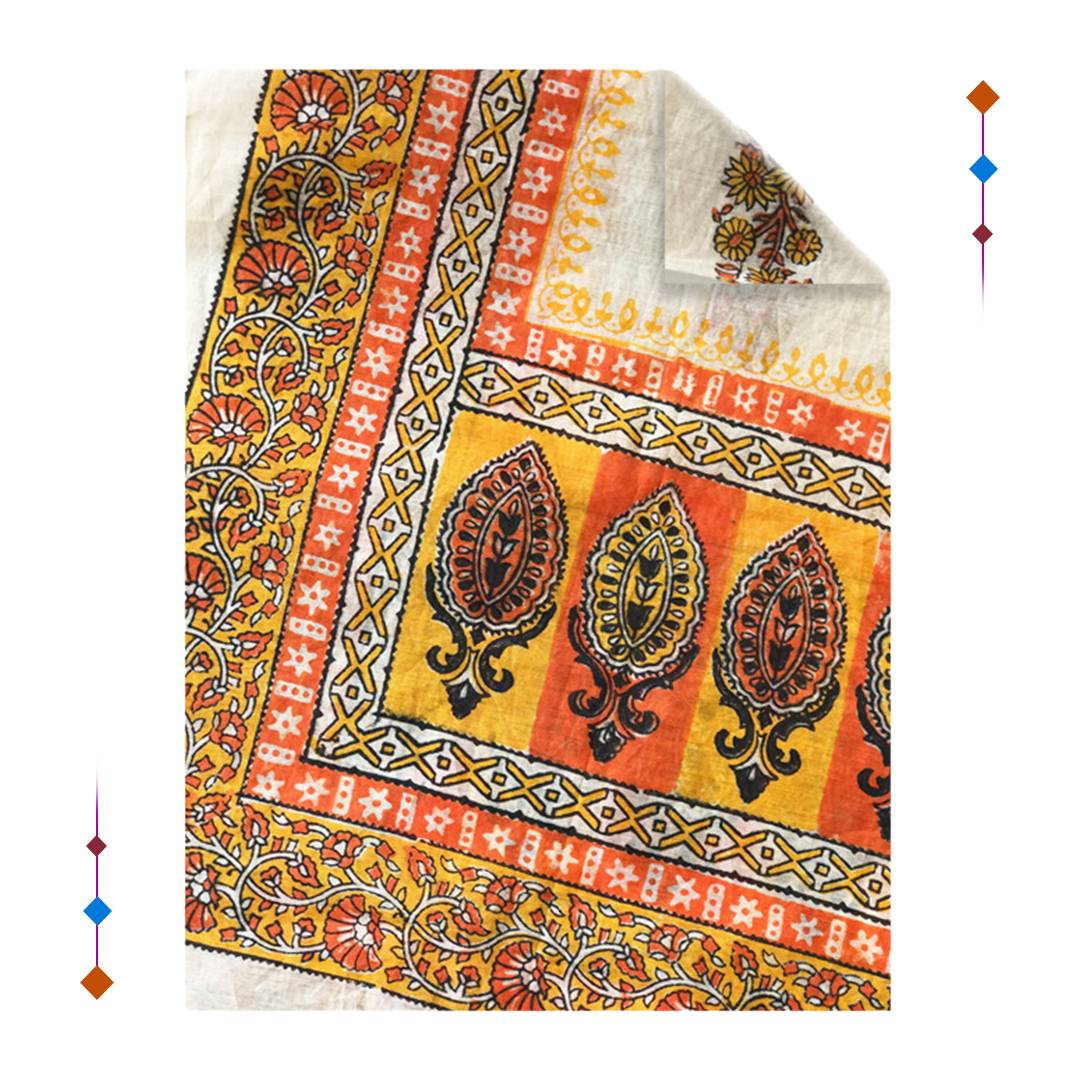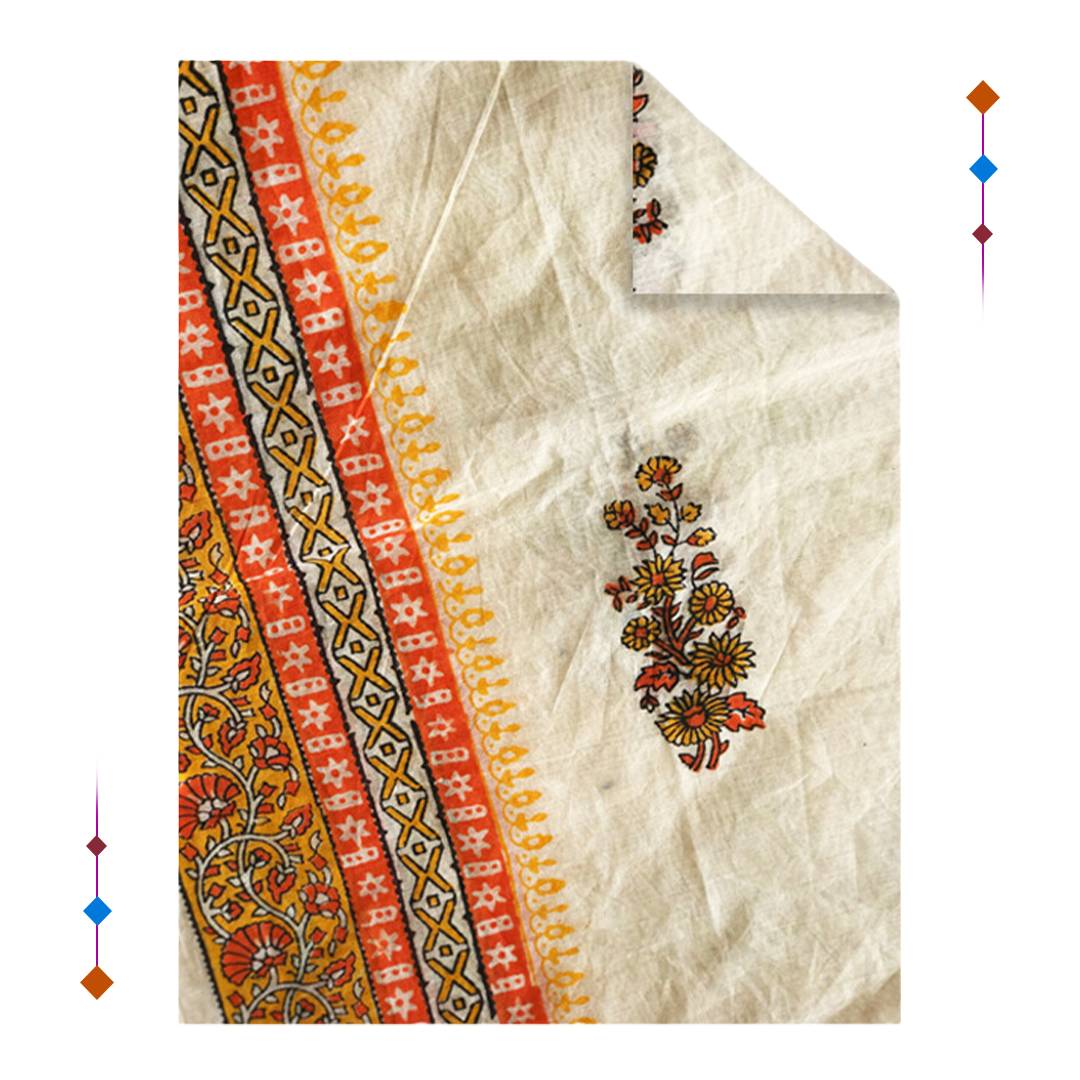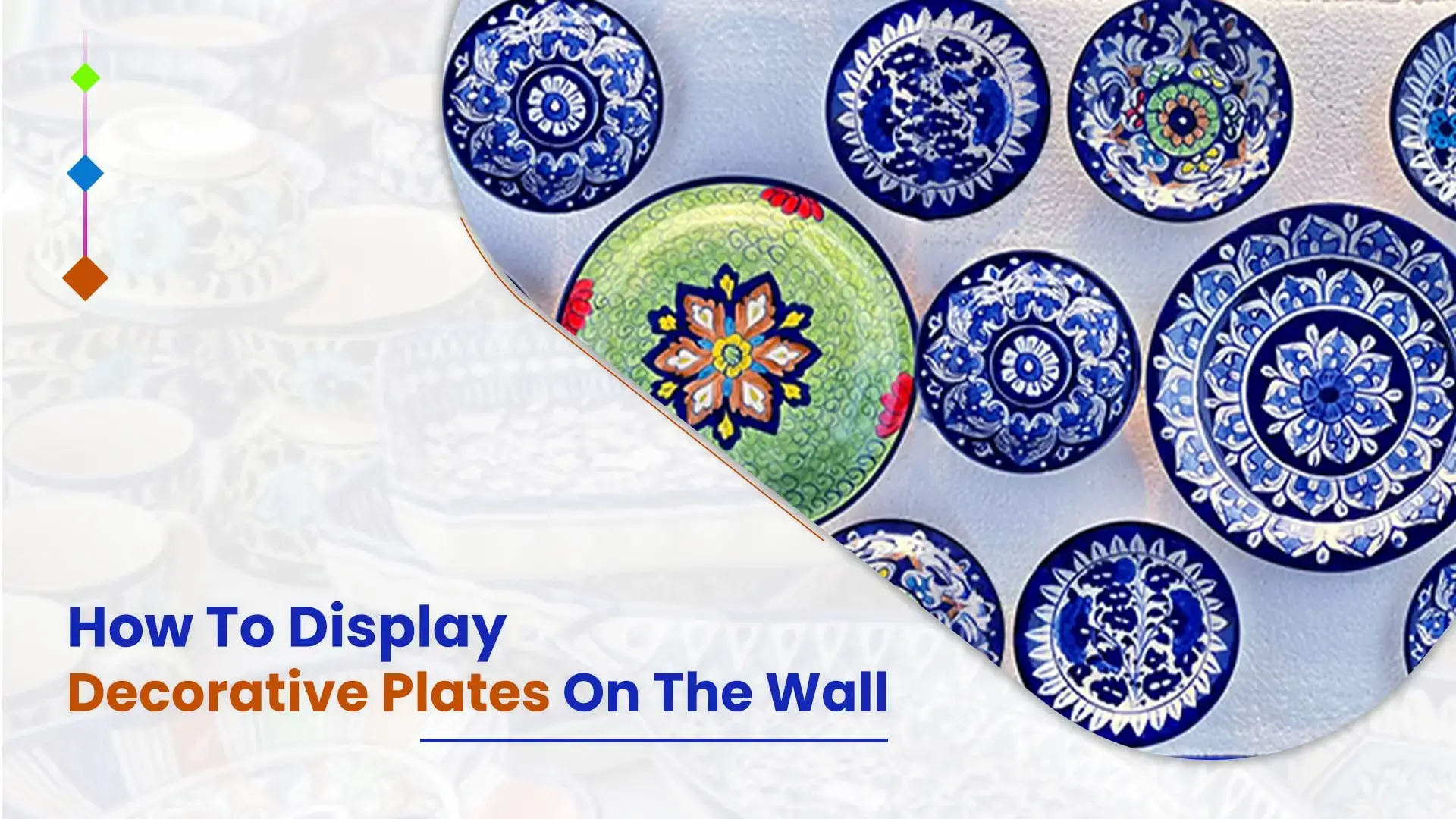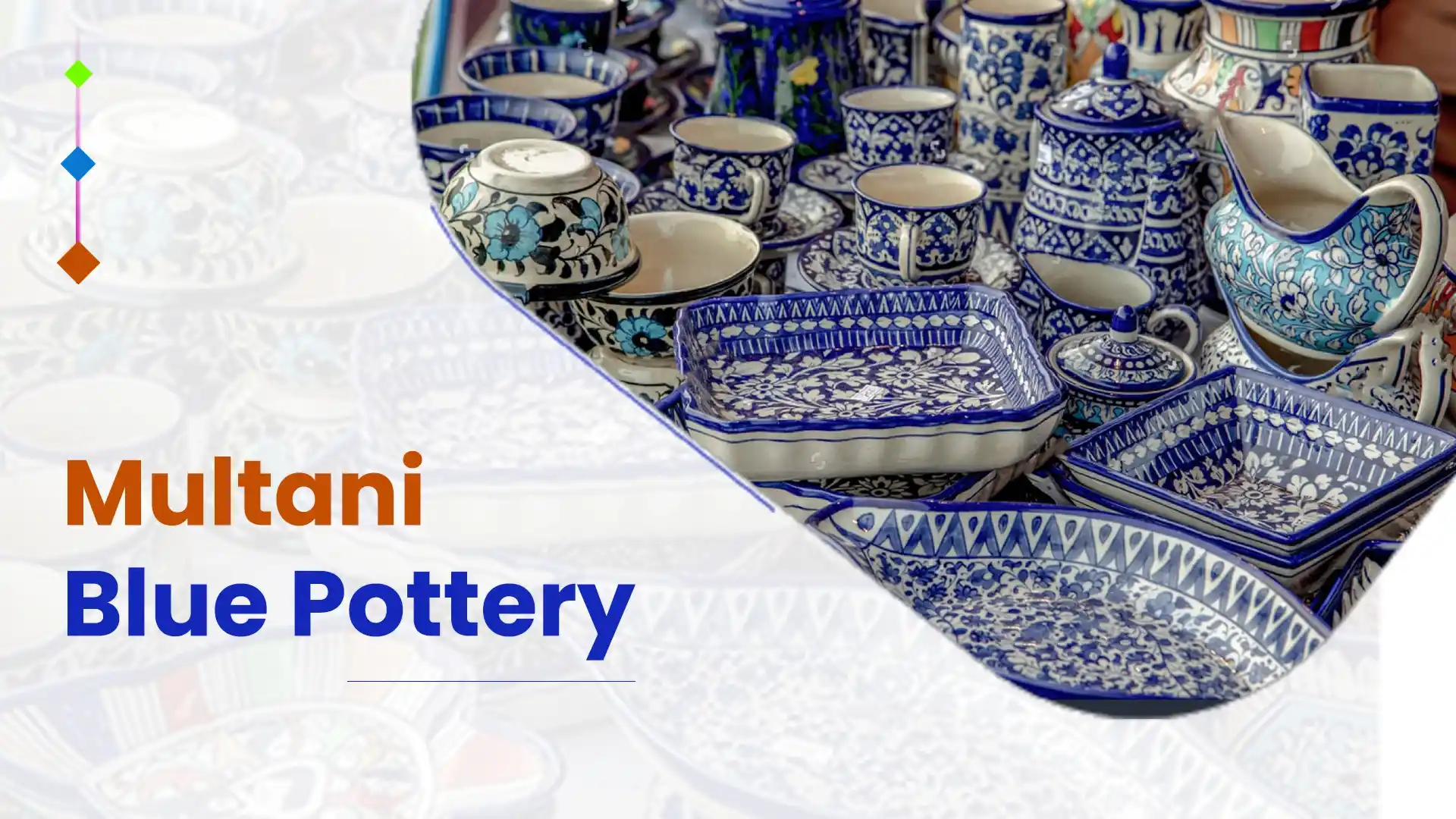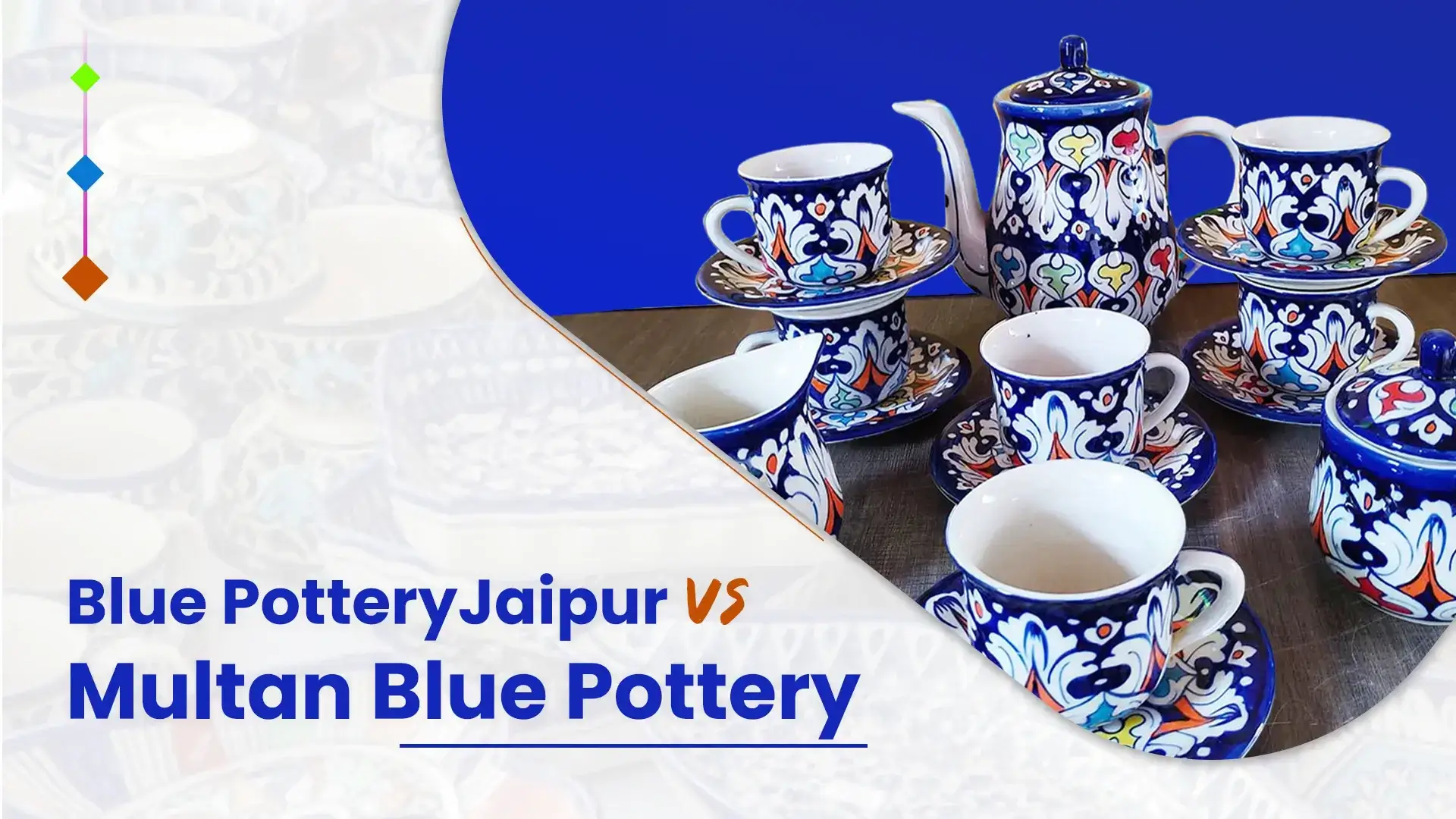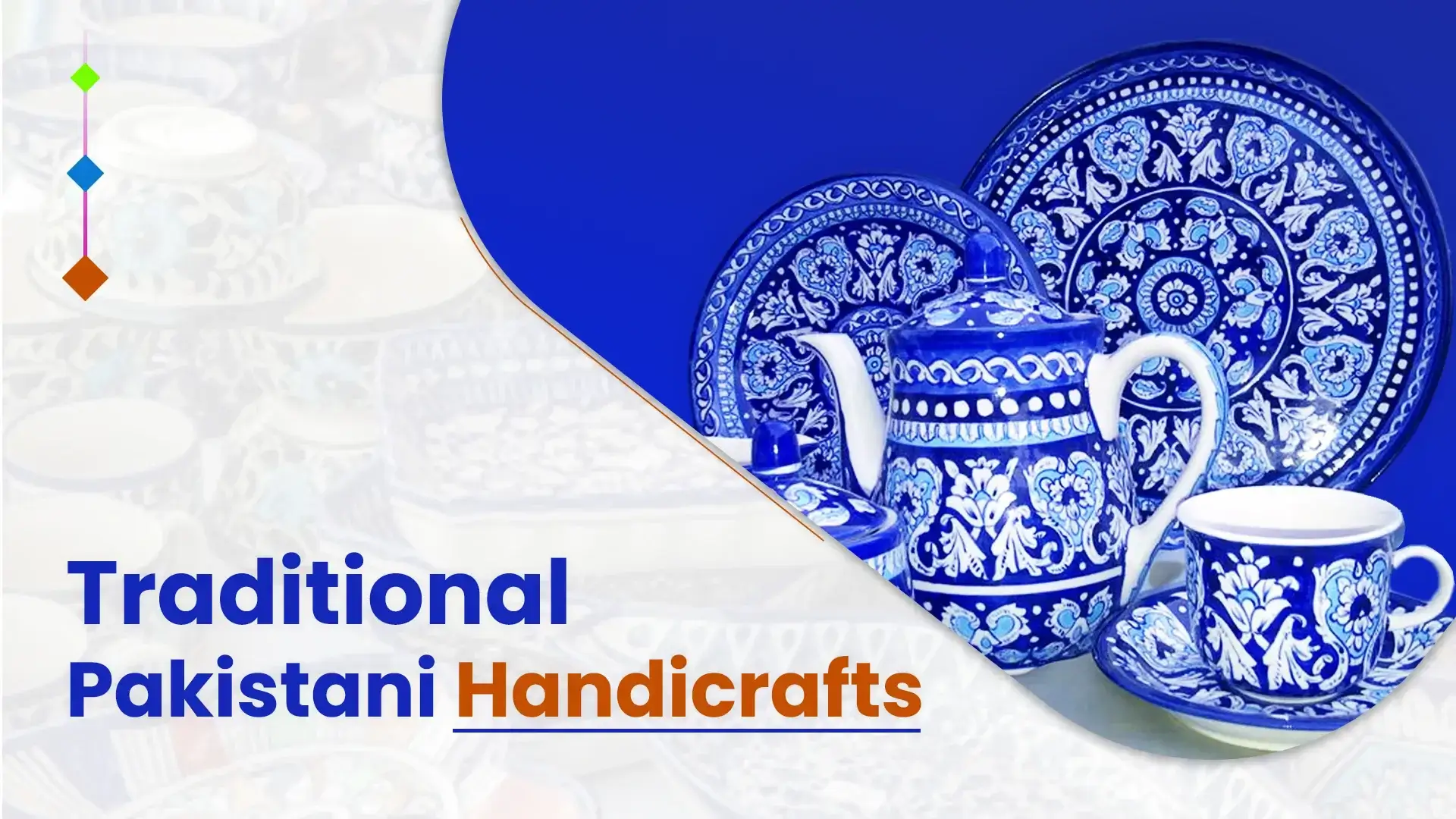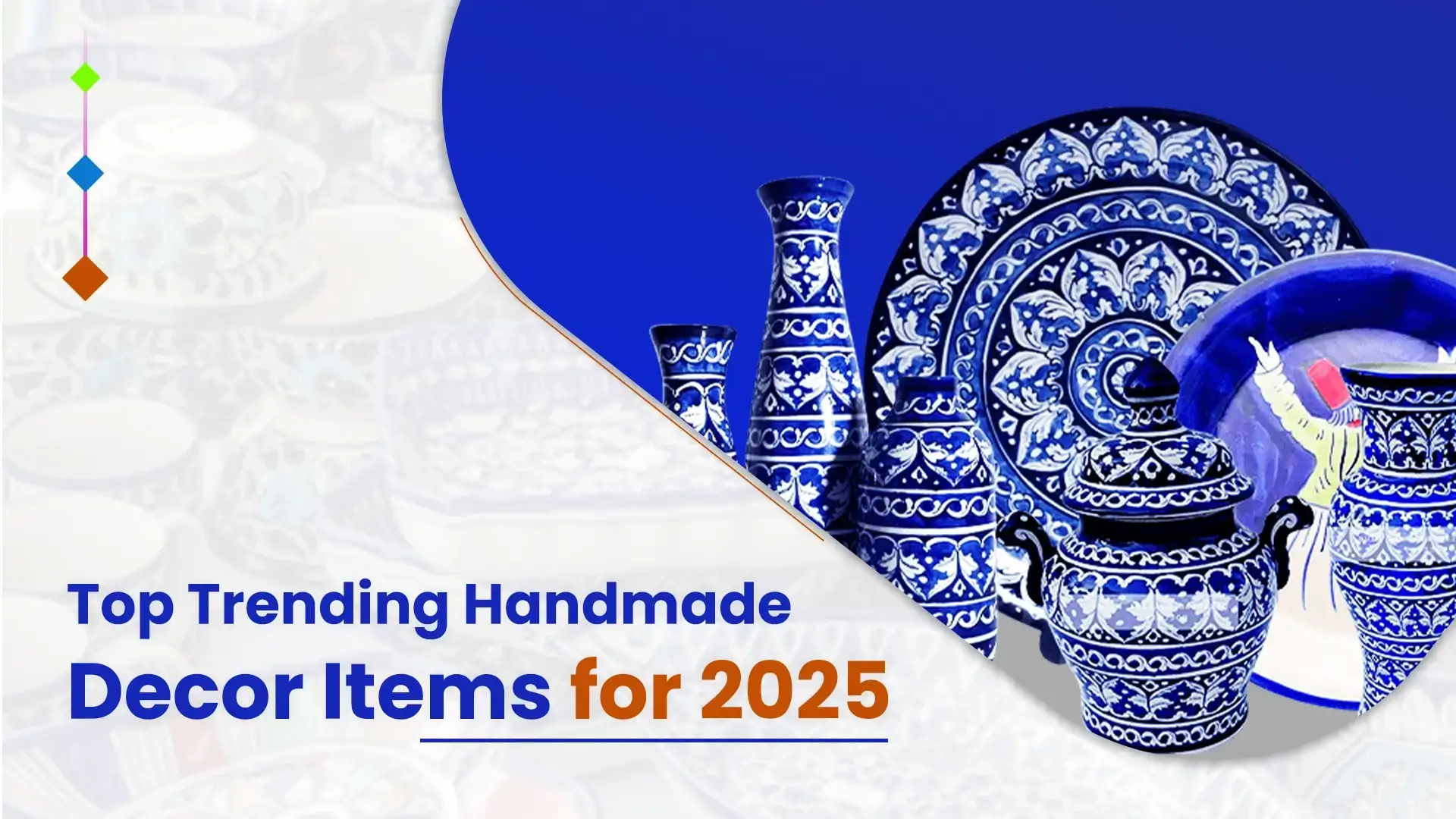Block Printing Process

Block printing/Relief printing is an ancient form of art in which designs are carved on a block of wood and the surface is inked and rubbed on paper or cloth. Block printing is a traditional method of art that was done centuries ago giving a beautiful mix of art and skill. Each block is hand-carved with beautiful designs that are transferred onto a surface by applying color and pressing the block. It is a slow process that needs a lot of precision, time and skill. This method produces high-quality prints with texture that reflects the quality of handmade block print art.
Types of Block Printing
There are several techniques, each offering unique characteristics and styles:
1- Woodblock Printing
Woodblock Printing is the most traditional and the best-known type of printing. Both wooden blocks and fabrics are well carved and patterned with unique designs.
2- Linocut Printing
Like woodblock printing, linocut is the art of carving out designs on linoleum blocks. This method is widely used among modern block print artists since carving in this case is more free and easy.
3- Screen Printing
This not a block printing type, because screen printing involves the use of stencils which is same as the process. It is widely used for applications in textile industries and garment manufacturing.
4- Digital Block Printing
It is a modern methods of replicating block print designs digitally. While it keeps the attractiveness of traditional block printing, it does not have the thickness and its surface feel as handmade prints.
5- Hand Block Printing
This is a fine and time-consuming method that is mostly used in two countries India and Pakistan. Artisans use the blocks from the teak wood to produce special and modern prints.
Explore Handmade Block Print Dupattas
Process of Block Printing
The process of block printing is way more complicated and time consuming but to achieve perfect print and bright colors there are several steps followed:
- Designing the Block: The first step is that the pattern has to draw on a piece of wood in the form of a block. Using chisels and knives, the artisans have to carefully chip out the design to make every detail clear.
- Preparing the Fabric or Paper: Before printing, the material on which the printing is to be done undergoes a process. It is washed and treated to get rid of any starch or other impurities. This preparation makes the fabric or paper to be able to take the dye or ink more efficiently.
- Applying the Dye or Ink: The carved block is dipped into dye or ink, ensuring the raised portions are well covered.
- Printing the Pattern: The printed block is placed carefully on the fabric and pressure is applied using press on rollers or by hand. It has to be repeated to form a pattern.
- Drying and Finishing: After the printing process is done, the material in the fabric or paper remains for drying. In the case of textiles, final processes such as washing, steaming, and ironing is necessary to set the colors.
Uses of Block Printing Today
It is popular in fashion and home accessories industry, where designers use block prints to produce unique fabrics, clothes, and other accessories. The uniqueness is that each is hand crafted and every print is different from the other. People focused on using products that are unique and handcrafted appreciate the handmade quality of block-printed textiles unlike the other products that are made in bulk.
1- Textiles & Fashion
Block printing is used to make various colorful and designer sarees, scarves, dresses and home furnishing materials including bed sheets, table cloths and curtains etc.
2- Stationery & Paper Goods
Original greeting cards, gift-wrapping paper, and artistic print on paper and fabrics are also done with this method.
3- Wall Art & Home Décor
Block prints are also useful for framing that can be used in homes and offices as a form of decoration or wall art.
Block Print Examples & Styles
Nowadays the block printing is greatly different in every region and traditions. Some famous examples include:
Bagru and Sanganeri Prints from India: Known for having floral and paisley patterns with very fine and delicate details.
- Ajrak Prints from Pakistan: Famous Well known for their complex two-tone indigo and red designs which are mostly geometric and symmetrical.
- Japanese Ukiyo-e Prints: Katsushika Hokusai is best known for his landscapes, kabuki actors, and highly eroticized women.
Hand Block Printing in Pakistan
Hand block printing in Pakistan has been practiced for centuries and it primarily originated from the Sindh and Punjab regions. In Pakistan, it is generally characterized by bright colors and unique patterns such as paisley, geometrical shapes and flowers. Pakistan has many artisans who still practice this craft and design modern patterns that are still famous in many countries.
Conclusion
Block printing is not simply an art, but a craft with historical, cultural as well as aesthetic value of particular regions. It all started from the wooden block prints but still exists, but now it is fully converted to the modern digital style. Working professionally with block-printed textiles or at home, always be admired.
